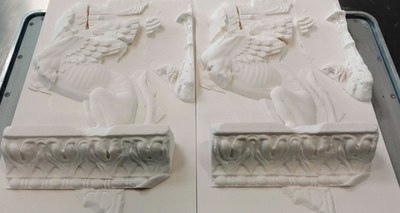Cultural Heritage: 3D reconstruction of frieze at Trajan’s Markets in Rome
8/3/2018
The activities, conducted as part of the project COBRA (Development and diffusion of advanced methods, technologies and tools for the Conservation of Cultural heritage, based on the application of Radiations and Enabling Technologies), funded by the Regione Lazio, allowed the virtual high-resolution, 3D restitution of 15 fragments, thanks to innovative softwares, mathematical models and photogrammetic scans from structured light, 2D digital images. And there’s more. Thanks to the perfect integration between 3D, structured light, restitution techniques and phogrammetry, it was possible to overlap 10 fragments on the pattern of the frieze provided by the Department of Cultural Heritage -including one showing a “kimalesbio trilobato” decoration, from another architraval frieze, also from the first row of the Basilica Ulpia.
A 3D print of the recomposed frieze is currently on display in Rome, as part of the exhibit “Costruire l’Impero, creare l’Europa”, set up for the 1900 years from the death of Emperor Trajan (Trajan’s Markets - Imperial Fora Museum, until 18 September 2018). “Since entrance to the Museums is free every first Sunday of the month, the coming March 4 will be a good opportunity to visit our exhibit juxtaposing art and technology”, Andrea Quintiliani, Head of the ENEA Laboratory for the Implementation of New Projects and Network Applications, said.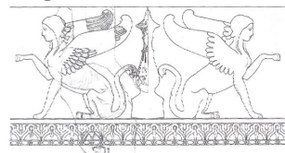
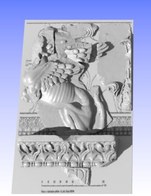 A second fragment of the 3D reconstruction of the freize will be on display at the Restoration Fair in Ferrara (21-23 March 2018).
A second fragment of the 3D reconstruction of the freize will be on display at the Restoration Fair in Ferrara (21-23 March 2018).
The freize is just one of the results obtained by the project COBRA in the application of innovative technologies to Cultural Heritage.
Eight new jobs, 10 innovative demonstrators, 24 outdoor campaigns in archaeological sites, museums and historical monuments of the Lazio Region, as well as seismic trials on typical buildings of central Italy, in connection with important research centers across the world, 3 focus groups, 6 workshops, 8 events among exhibitions and fairs, 37 conferences and 14 publications are just some of the results of the project, which in two years and a half has worked to transfer skills and state-of-the-art technologies to companies in the Lazio region, with an innovative approach and tools to the diagnostics, protection, valorisation and use of cultural heritage.
These results allowed us to improve the quality and number of the collaborations with the SMEs supplying products and services and with the Departments of National Heritage and Cultural Activities, with positive impacts on the growth of skilled jobs, competitivity of the research/industry system at the national level and, because of the transversality of technologies, on other production chains such as biosciences, aerospace and renewable energies” Roberta Fantoni, scientific coordinator of the project, pointed out.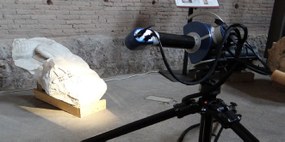
The project has allowed the opening, also on the web, of the laboratories involved at the ENEA Frascati and Casaccia Centers, while experimental data from the campaigns was stored and made accessible in an IT infrastructure expressely created, called E35, which enables users to safely access and manage data on the ENEA scientific computing infrastructure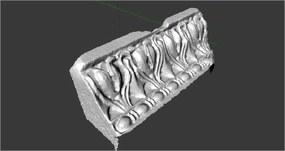
For 3D reconstruction of the frieze:
Samuele Pierattini e Marialuisa Mongelli, ENEA – ICT Division, samuele.pierattini@enea.it; marialuisa.mongelli@enea.it
For project COBRA:
Roberta Fantoni, ENEA – Head Division of Physical Technologies for Health and Safety, roberta.fantoni@enea.it

